Serbia and its vineyards
Winemaking in Serbia has improved considerably over the past two decades. With a total vineyard area of almost 25,000 hectares, Serbia is still lagging behind figures it once boasted during the period of former Yugoslavia (80,000 ha).
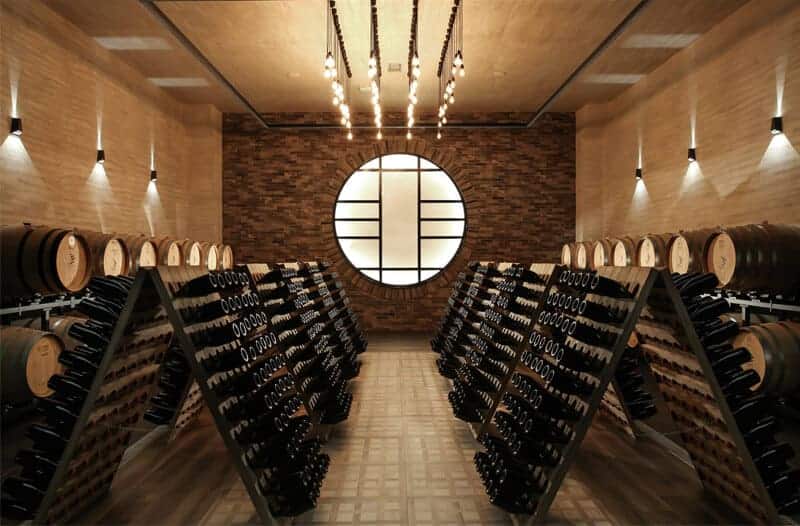
However, winemaking in Serbia is currently undergoing a renaissance so new vineyards continue to expand.
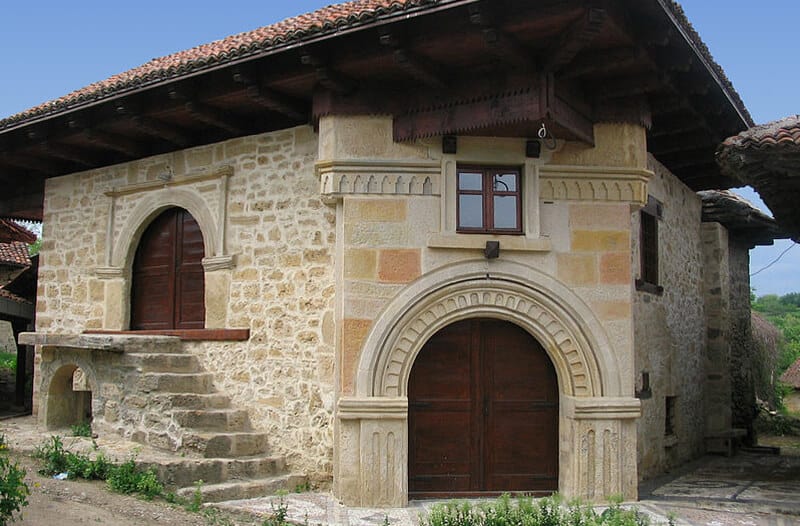
Serbia’s wine regions are prevailingly located along big rivers: the Morava and the Danube. If you’re looking for a grape variety which best describes Serbia’s viticultural history, then you’ll inevitably come to Prokupac.
It’s an ancient variety of Serbia, once widely planted in vineyards all around this country. However, the variety has been preserved till present day thanks to primarily winemakers from Župa, a historic wine region in the South of Serbia.
Prokupac can nowadays be found in all wine regions of Serbia south of Belgrade such as Toplica, Mlava, the Belgrade wine region or Šumadija. Beside Prokupac, wine lovers, who appreciate wines made from local varieties, can explore Smederevka, Tamjanika, Black Tamjanika, Morava, Kadarka, Seduša, Vranac, Probus or Grašac.
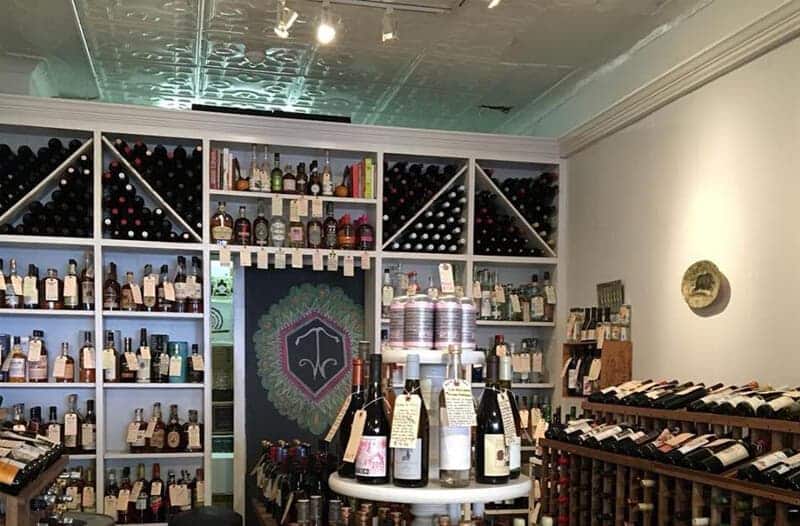
In addition, Serbia achieves excellent result in making wine from international grape varieties such as Cabernet Sauvignon, Chardonnay, Sauvignon Blanc, Merlot, etc.
The territory of Serbia is classified into 22 wine regions. Moving from North to South, the landscape and climate conditions change, which gives a distinct character to wines from the most notable wine regions of Serbia.
Subotica is a wine region in the very north of Serbia, along the border with Hungary.
Due to sandy soil and cool continental climate, wines from this region will captivate you with their elegance and aromatics. Kadarka, Merlot, Frankovka (Blaufränkisch), Pinot Blanc, Sauvignon Blanc are the varieties particularly suited to this region.
The Srem region is best represented by the wines from Fruška Gora, the mountain and national park located between Belgrade and Novi Sad. This region benefits from the moderating effect of the Danube river.
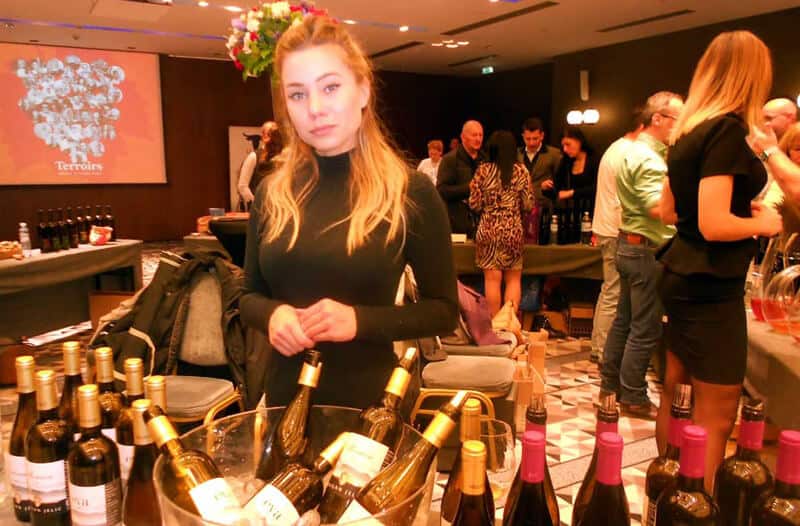
History tells us that the beginnings of viticulture in Serbia are linked to Fruška Gora and Marcus Aurelius Probus, an ancient Roman emperor who instructed his soldiers in the 3rd century A.D. to plant vineyards on the slopes of Fruška Gora, thus bringing winemaking to central Balkans.
Winemaking flourished in this area during the Austro-Hungarian Empire, when the aristocratic family Odescalchi had wine cellars in the nearby village of Erdevik.

Grašac (Graševina) feels particularly at home in the Fruška Gora vineyards, but one should also look for Sauvignon Blanc, Chardonnay, Portugizer, Frankovka (Blaufränkisch), Traminac (Gewürztraminer) or Probus.
In recent years, a young generation of winemakers from Fruška Gora has been increasingly experimenting with natural, biodynamic, amphorae and orange wines.
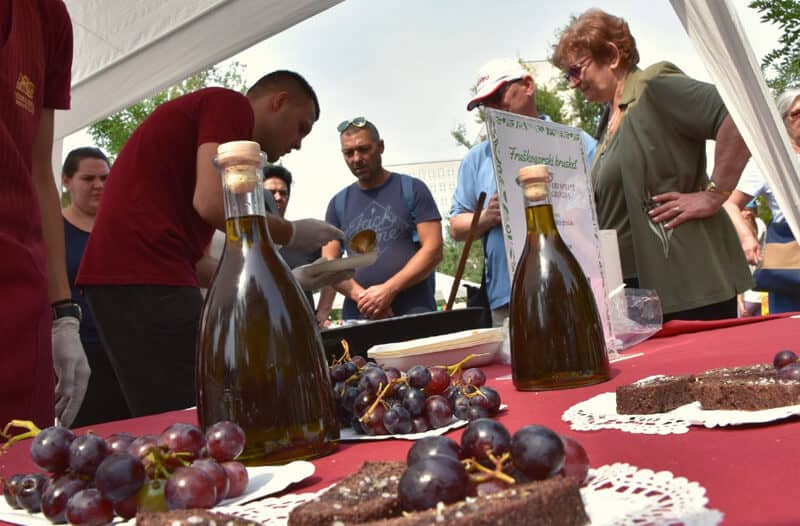
Negotinska Krajina is another wine region of Serbia influenced by its proximity to the Danube river. Its microclimate is particularly suited to red wine production due to warm air currents which arrive from the Black Sea and the Mediterranean.
The Homolje mountains block their further progress along the river, so this region features plentiful sunshine. Negotinska Krajina is well-reputed for its Cabernet Sauvignon, Black Tamjanika and Gamay wines.
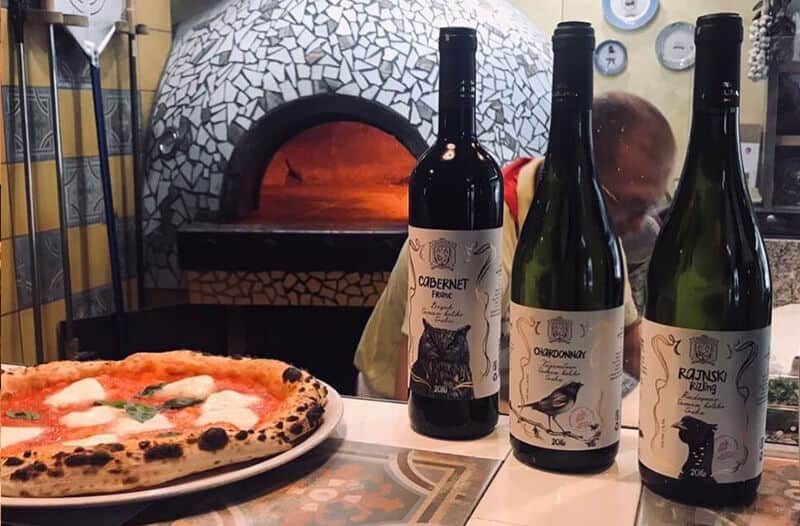
Belgrade, Serbia’s capital city is one of a few capitals in Europe which has vineyards on the outskirts of the city. The Belgrade wine region extends along the Danube to the city of Smederevo. Beside Cabernet Sauvignon, Merlot, Chardonnay and Sauvignon Blanc, local vineyards in this wine region also contain local varieties Smederevka and Prokupac.
Winemaking history in Šumadija (Central Serbia) is closely linked to the Serbian royal family Karadjordjevic. Sauvignon Blanc and other international grape varieties were brought to Serbia by King Alexandar I Karadjordjevic, who started planting international grape varieties in 1923 at the Royal Winery in Oplenac.
Further expansion of Sauvignon Blanc continued after World War II, primarily fueled by rising grape production in state-owned cooperatives. Nowadays, Sauvignon Blanc from Šumadija shows remarkable results. However, global climate change and hot summers might cause headaches for local Sauvignon producers.
The region is also famous for great red wines (Bordeaux blends: Cabernet Sauvignon, Merlot, Cabernet Franc).
The Tri Morave (Three Moravas) region encompasses the area where the West Morava river meets the South Morava. They merge and form the Great Morava. Hence the name of the region “Three Moravas”.
The historic part of this wine region is Župa whose winemakers preserved local grapes Tamjanika and Prokupac in their vineyards. Winemaking has a centuries-long tradition in this area. Beside Tamjanika and Prokupac, Tri Morave region also offers wines made from Pinot Noir, Chardonnay, Sauvignon Blanc, Cabernet Sauvignon, Merlot…

The Knjaževac region is located in East Serbia, close to the Stara Planina (Old Mountain) range. This is the easternmost area where Vranac (a grape variety originating from Montenegro) can be found in vineyards. Vranac from Montenegro or Macedonia is known for its high extract, power, high alcohols. Vranac from the Knjaževac region, due to a cooler climate, shows more freshness and elegance.
The Toplica region is located in South Serbia. The city of Prokuplje is in this region, which explains a special link between this region and Prokupac. Legend has it that both the city and the grape are named after Saint Procopius.
After the World War II, Prokupac vineyards continued to shrink, but efforts are made to reintroduce Prokupac and restore the former glory of winemaking in this region. Other notable varieties in this region include Pinot Grigio, Cabernet Sauvignon, Tamjanika, Merlot.
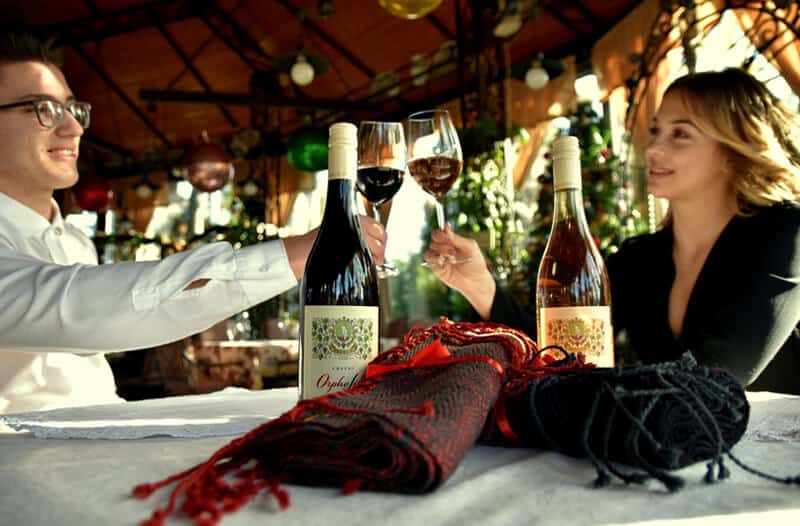
The region of Vranje is the southernmost region of Serbia, close to the border with Macedonia, which explains the almost Mediterranean weather with long hot summers that occur here. Wines from this region feature lots of extract, ripeness, high alcohols, power. Typical grape varieties are Vranac, Cabernet Sauvignon, Merlot.



















